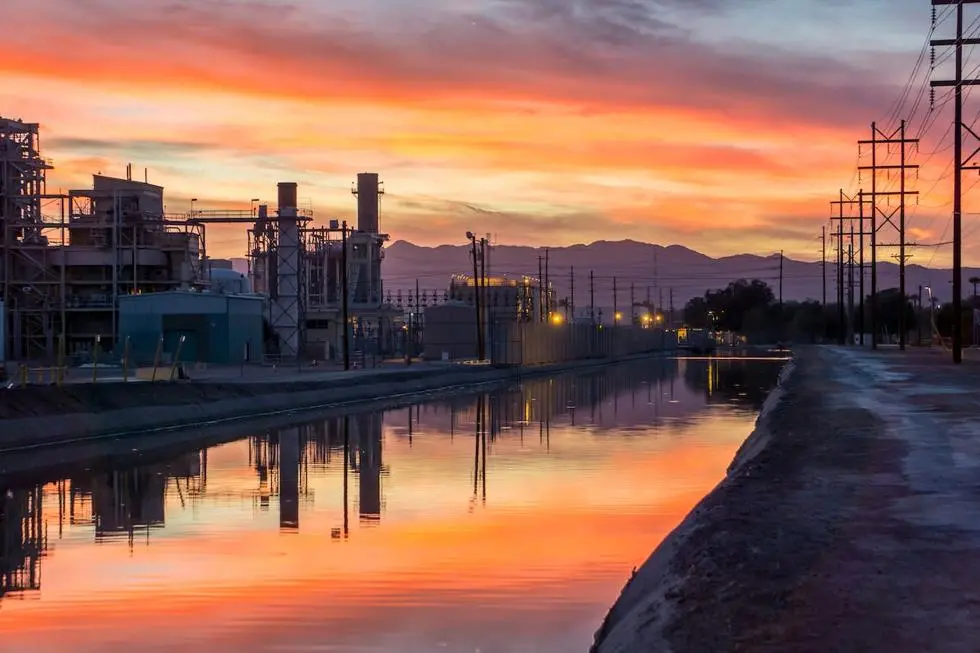
Implementing proximity and access control systems in power plants is a necessity to ensure the safety and security of these critical infrastructures. As Canada’s leading security products and proximity card suppliers, we understand the unique challenges and requirements of securing power plants. In this post, we’ll explore the key considerations for implementing effective proximity and access control measures in these facilities.
Understanding the Risks
The first step in implementing any security measure is understanding the potential risks involved. Power plants face the greatest security risks due to the nature of the materials they handle and their importance to the national grid. Unauthorized access can lead to sabotage, theft, or even catastrophic events. Therefore, it’s crucial to identify all possible internal and external threats before designing a security plan.
Assessing the Site
Each power plant is unique, with different layouts, locations, and operational needs. Conducting a thorough site assessment helps identify critical areas that require more stringent access controls. This includes not only the physical perimeter but also areas within the facility, like control rooms, equipment rooms, and storage areas. Understanding the flow of people and materials through the plant helps in designing a system that ensures security without hindering operations.
Choosing the Right Technology
The market offers a variety of proximity and access control technologies, from traditional keycards to biometric systems. When selecting the right technology for a power plant, consider factors such as ease of use, scalability, and integration with existing systems. Biometric systems, for example, offer a higher level of security by using unique physical characteristics, such as fingerprints or facial recognition, to grant access.
Implementing Layered Security
When you buy security products, a layered approach, where multiple systems work together, provides the best protection. This could involve physical barriers, such as fences and gates, combined with electronic systems like CCTV and access control devices. By implementing multiple layers of security, you can ensure that even if one system fails, others are in place to maintain the security of the facility.
Regular Training and Drills
Technology alone cannot ensure the security of a power plant. Employees must understand the importance of security protocols and how to respond in case of an emergency. Regular training sessions and drills should be conducted to ensure that all staff members are familiar with the access control systems and know what to do in different scenarios.
Maintaining and Updating Systems
Security technology is constantly evolving, and threats can change over time. Regular maintenance and updates are essential to ensure that access control systems remain effective. This includes updating software, replacing outdated hardware, and conducting regular audits to identify potential vulnerabilities.
Compliance with Regulations
Power plants are subject to various local, national, and international regulations regarding security. It’s essential to ensure that any implemented access control measures comply with these regulations to avoid legal issues and ensure the safety of the facility.
Conclusion
Implementing proximity and access control in power plants is a complex but essential task. By understanding the risks, assessing the site, choosing the right technology, implementing layered security, providing regular training, maintaining the systems, and ensuring compliance with regulations, you can create a secure environment that protects both the facility and the community it serves. Remember, the goal is to create a balanced system that enhances security without disrupting operations.
